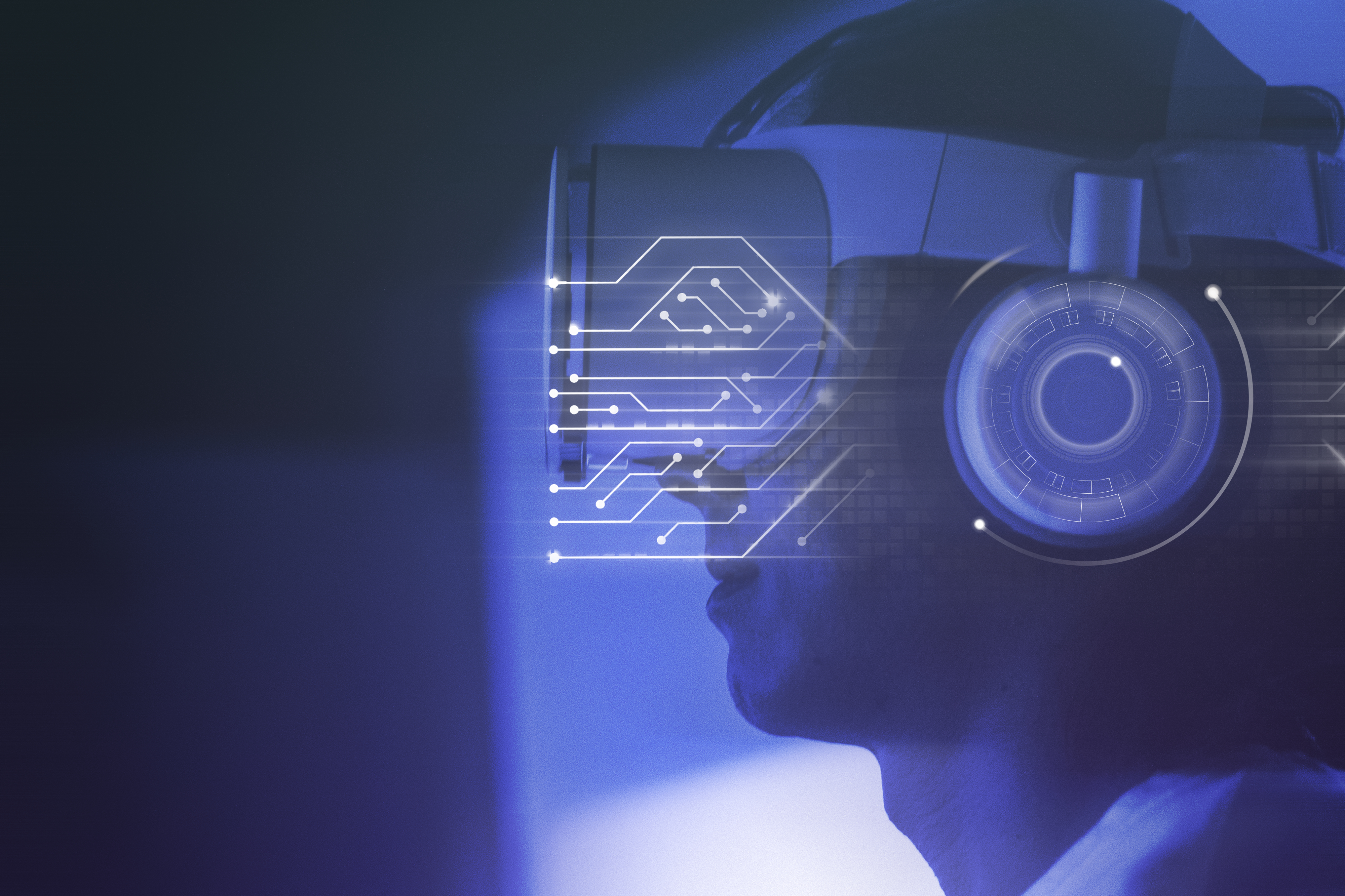
Which is better for coding?
Generative AI presents significant advantages for professionals engaged in programming. The application of these advanced technologies aids in the writing and debugging of code, thereby alleviating some of the pressures associated with the demanding nature of programming tasks. As a consequence, programmers can experience a slight reduction in their workload and an increase in efficiency. However, the emergence of competing platforms like ChatGPT and Bard raises an important question: which tool is most suited to meet the specific needs of individual programmers?
To effectively assess the capabilities of these platforms, a comparison is warranted to determine which offers a more comprehensive suite of features tailored for programming applications.
In comparing ChatGPT and Bard, the distinctions between the two are primarily attributable to the underlying Large Language Models (LLMs) that each employs. ChatGPT operates on the foundation of the Generative Pre-trained Transformer 4 (GPT-4), a model developed by OpenAI. Conversely, Bard is powered by the Language Model for Dialogue Applications (LaMBDA), which has been engineered by Google. This difference in foundational technology plays a pivotal role in the operational characteristics and functionalities of the respective tools.
Both platforms exhibit capabilities that align closely with the requirements of programmers. Specifically, ChatGPT can assist in several essential tasks:
Suggestions: Programmers can receive recommendations for accurate syntax and parameters pertinent to various functions and code constructs.
Completion: ChatGPT offers support in completing code snippets that a programmer has begun drafting.
Debugging: The tool can help identify coding errors and address potential issues that arise within the programmer’s work.
Explanation: It provides clarifications regarding the code it generates, as well as the code supplied by the user.
Both ChatGPT and Bard have undergone training using extensive datasets, encompassing a wide range of sources including Common Crawl, Wikipedia, literary works, scholarly articles, and diverse content harvested from the internet. However, a notable distinction is found in Bard’s training methodology; it has incorporated dialogues and conversational data harvested from the web, while ChatGPT's training has predominantly relied on general content sourced from a variety of online materials.
The development of both tools is ongoing, although Bard is currently in a more nascent stage of refinement compared to ChatGPT. To elucidate the practical implications of their differences, a comparative analysis conducted through direct testing of the two platforms is essential.
In examining ChatGPT and Bard side by side, we established seven critical categories for evaluation, selected based on their relevance to programming tasks. These categories include code generation, problem-solving capabilities, code refactoring, debugging assistance, availability of third-party plugins and UI extensions, overall ease of use, and cost considerations. It is important to clarify that this assessment is not intended as a rigorous scientific study; rather, it draws upon a combination of specific tests and our cumulative practical experiences with the tools to date.
